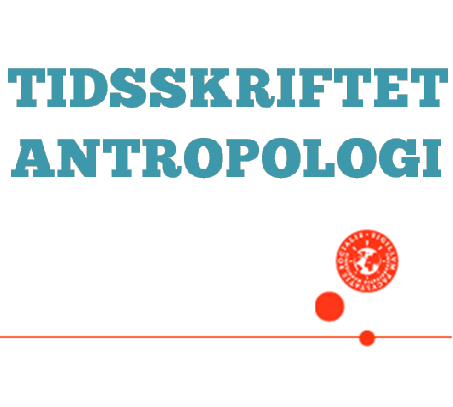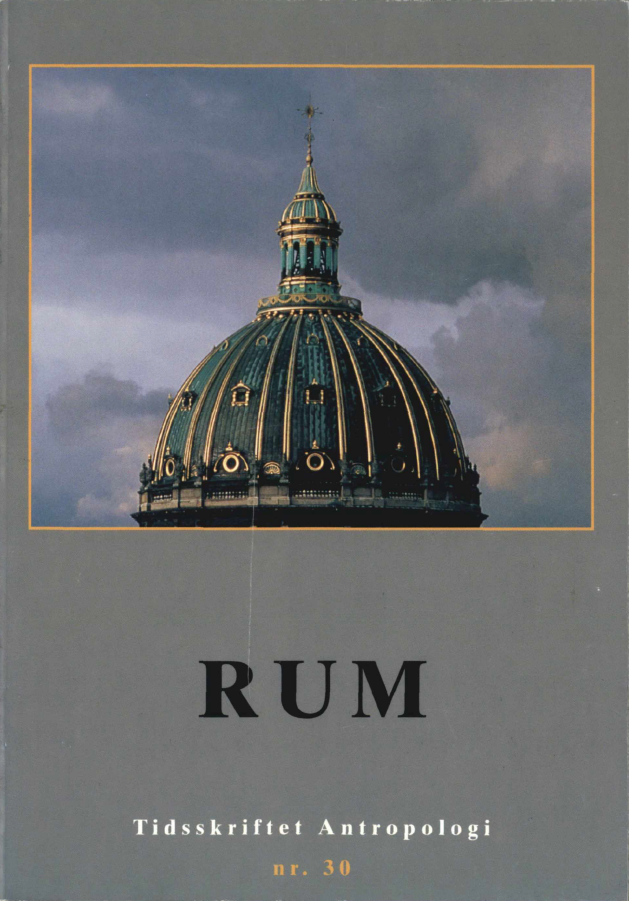Brasília - modernismens monument
DOI:
https://doi.org/10.7146/ta.v0i30.117760Abstract
The first part of the article is dedicated to a historical review of the foundation of Brazil’s present Capital - from the very first intentions of the 18th century colonial times when the foundation of a new Capital was seen as part of a movement towards national independence, up to the optimistic 1950s when the project became a fundamental element in a ‘new age’ of social progress and economic prosperity. At the same time, Brasflia was offered as an utopian playground for modem urbanistic and architectural thoughts, formulated by Liicio Costa and Oscar Niemeyer with inspiration from international functionalist trends. The realization of Brasflia contained both the motivation to accelerate national development aiming at integration into the industrial world, and the intention that this new city could humanize an unjust economic system. The second part of the article discusses the urbanistic project and its inherent symbolic and utopian motives, as well as the experiences of the present inhabitants, evaluating the expectations of Brasflia thirty years after.
Downloads
Published
How to Cite
Issue
Section
License
Ophavsretten til artiklerne i Tidsskriftet Antropologi tilfalder forfatteren.
Artikler publiceret i Tidsskriftet Antropologi må citeres, downloades og videresendes for ikke-kommerciel brug, under forudsætning af normal akademisk reference til forfatter(e) samt tidsskrift, årgang, nummer og sider. Artiklerne må kun genudgives med eksplicit tilladelse fra forfatter(e) og tidsskriftet.


